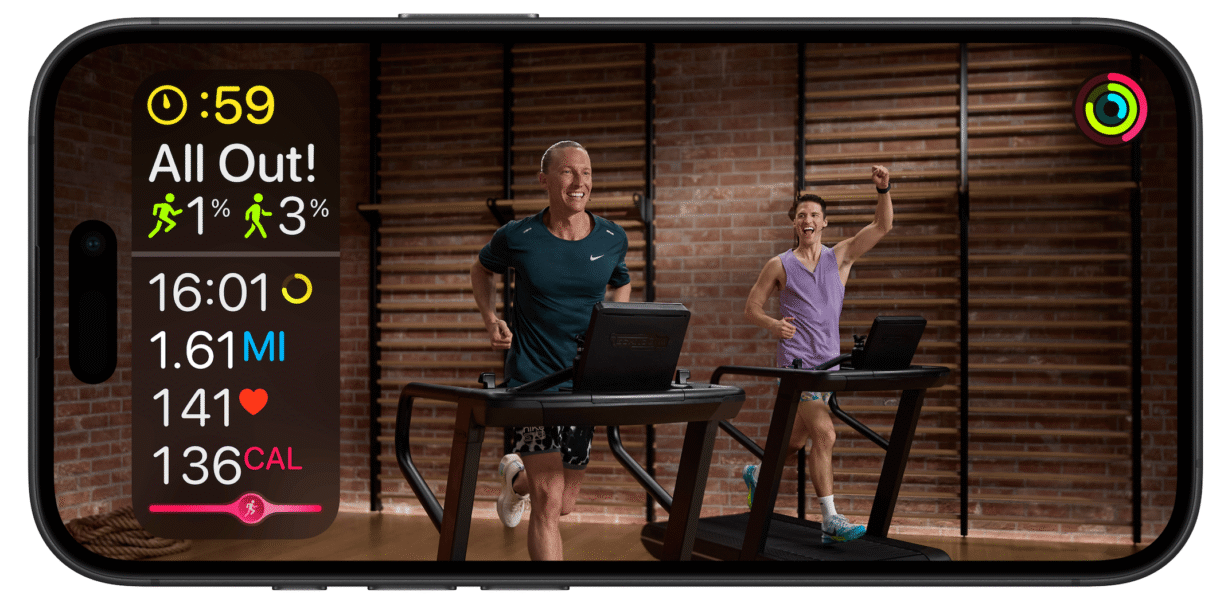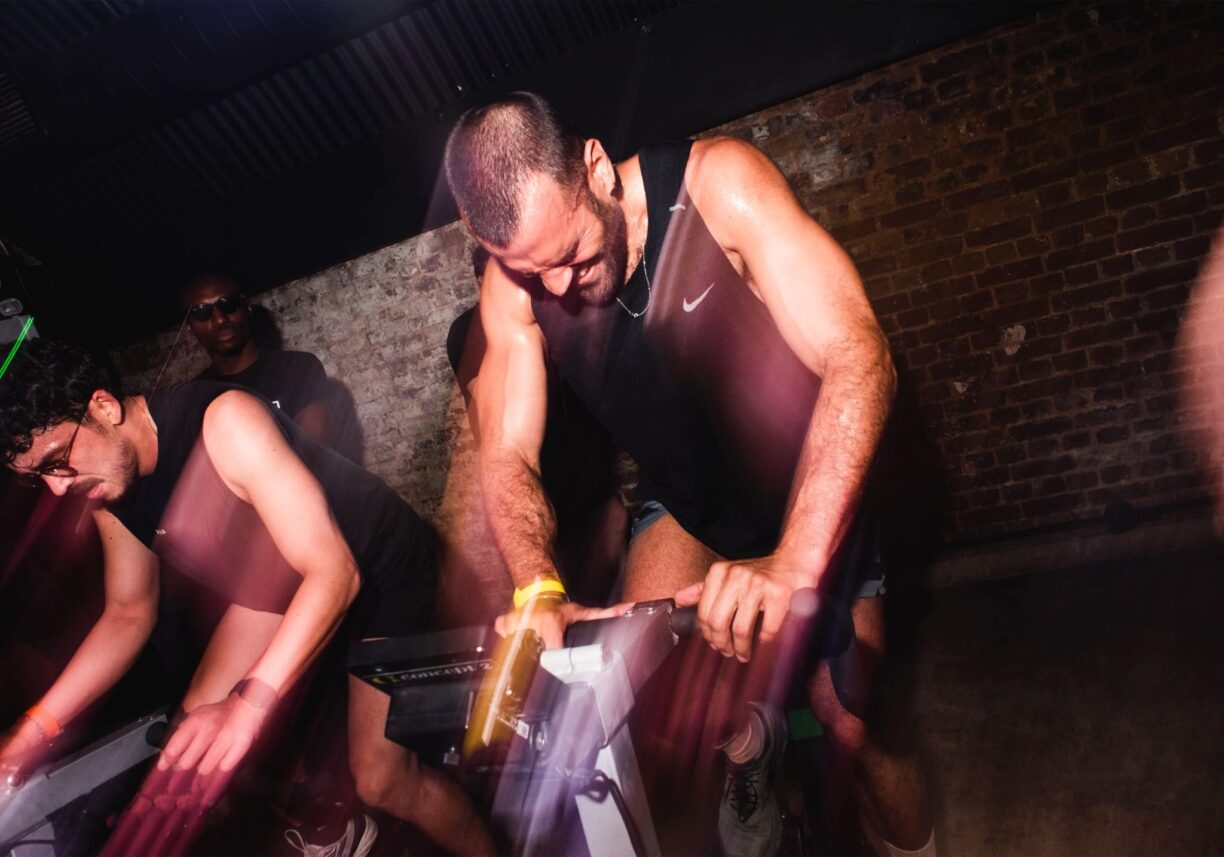Throughout the last year as this country battled Covid 19, quarantines, loss of amenities, and freedom, fitness routines were some of the many things that suffered.
Sure, a privileged few had the time, money and motivation to equip their homes like full gyms, but most didn’t.
What resulted for many were more sedentary lifestyles and weight gain. As we all start to come out of a pandemic haze, many are wondering how to regain their pre-pandemic fitness routines, motivation, and shed “pandemic weight.”
We turned to certified fitness NYC fitness trainer Jessica Mazzucco founder of The Glute Recruit for some tips.
TAKE IT EASY
Don’t overdo it when you return to the gym, your trainer, or wherever you exercise. You can’t expect to snap back to your pre-pandemic level of fitness right away.
It takes time and must be done gradually. Doing too much too soon will overwhelm you, you will risk injury and possibly burnout
Safe Ways To Resume
One of the safest ways to get started is to try brisk walking (or some other low-impact activity) for a time span of 10 minutes.
Aim for a pace where your breathing and heart rate are elevated but you can still speak in sentences. This is called moderate intensity.
Then try building up from one round of 10 minutes a day to two rounds of 10 minutes. You can do it all at once or break it into two sessions during the day.
Start doing this every other day and work your way up. If 10 minutes a day seems too easy, start with longer, but you should still move up gradually.
You can increase the time, intensity or both if you’re up to it. Ultimately your goal should be to do 150 to 300 minutes of moderate intensity exercise every week, unless you were doing more than that pre-pandemic.
If you can include some higher intensity exercise once you have increased your endurance, you will reap even more health benefits.
Schedule
Not everyone is a morning person who can be up and exercising at 6 am. If that’s not your circadian rhythm, attempting that schedule as a lifestyle will fail.
Perhaps your workouts need to be scheduled at a lunch hour or post-work.
Maybe it’s not practical for you to do 4 days a week but 3 is doable. Think about your life and the free time it realistically affords, and schedule in the frequency and times of day/evening that best suit your life. Keep in mind that the body responds to consistency over time.
Results will be achieved more rapidly if you keep a regular frequency and pattern.
Beginner Exercises to Know
It’s also always a wise idea to make sure you have the basics down before easing back into a regular workout routine.
Basic strength training exercises like planks, lunges and squats have many different variations in various workouts.
Make sure you know the fundamentals of these exercises. If you don’t have a personal trainer, you can google how to do them properly with illustrations, watch Youtube videos, learn them from fitness apps, or ask a trainer on duty in your gym to show you proper form.
Yoga is a great way to start an exercise program and you can perform it at various levels of intensity and in the comfort of your own home.
Stretching and other moves improve flexibility and strength. Yoga is also a great form of stress relief.
If you have put on weight
Many of us have put on weight due to the pandemic and that is nothing to feel ashamed of.
If you are resuming exercise with added pounds be mindful of the fact, that depending on the amount you have gained, this can place greater strain on joints, especially the knees, back, and ankles.
At first, it might be best to include exercise that reduces weight-bearing, such as stationary bikes, water exercise, or rowing machines.
Once you’ve lost some weight and improved your cardio function, then you can add more walking or jogging to your exercise routine.
Warm-up, stretching and cool down are key
Your body can’t go from a full stop to a sprint. It must be “loosened” and warmed up.
Proper warm-up and cooldown are vital for your workout in order to prevent injury and delayed muscle onset soreness.
A good warm-up should include the entire body, even if the actual workout is going to focus on one area, such as legs or shoulders.
The idea is to get the entire body warmed up and loose, and to get the blood flowing to all areas.
A five- to 10-minute cool down, consisting of light aerobic activity, helps the heart gradually return to its resting rate and the body return to its resting temperature.
The lack of a cool-down period can lead to lightheadedness and dizziness, which is caused by blood pooling in the lower extremities. You don’t want to abruptly end a workout.
You need to stay in motion while gradually winding down. Stretching is more beneficial after the workout than it is before because the muscles are warm and more pliable, which offers the best chance for maintaining and improving flexibility.
Mistakes to Avoid
The biggest thing to keep in mind is to take it slow. For people who were in peak condition before the pandemic, it is human nature to want to “get back there” right away.
This impatience and tendency to overdo it, will cause injury. A year with little to no exercise is a long time and it’s going to take time to get back to where you were before the pandemic.
After a week or two of consistent exercise, you can bump up the intensity provided you’re not losing form or feeling serious pain. Be patient with yourself in the process.





